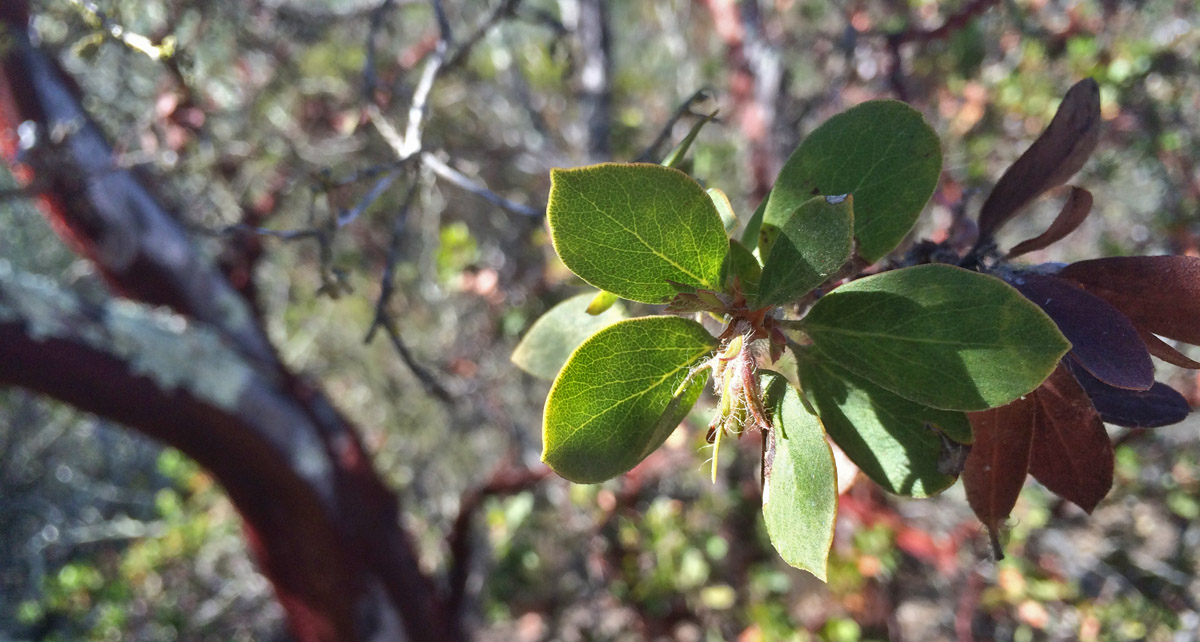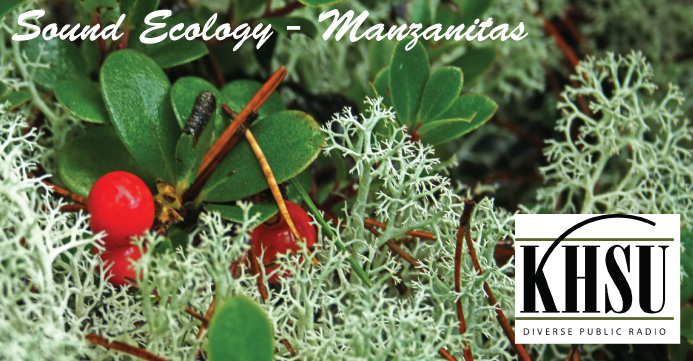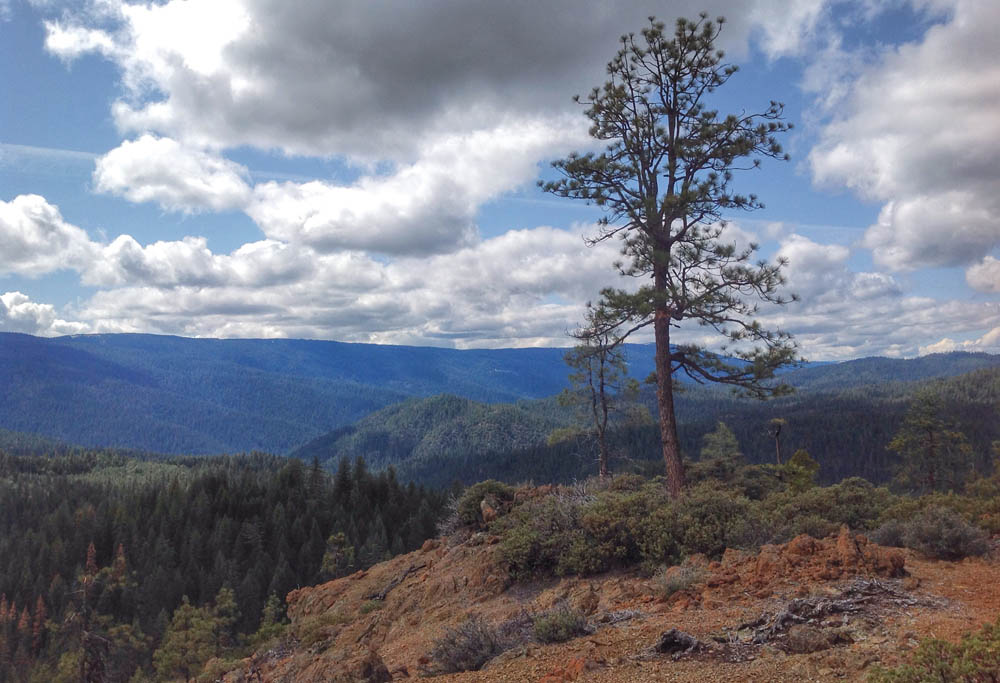SLO down and botanize
Excerpts below from Field Guide to Manzanitas
In the California Floristic Province, the genus Arctostaphylos is a particularly fine illustration of how long-term dispersal events lead to colonization and consequent adaptive radiation in a group of plants. Fossil records show that this genus has been migrating and adapting to climatic shifts for at least 15 million years. However, only in the past few million years has Arctostaphylos, commonly called manzanita for its berries’ resemblance to small apples, found its promised land. The California Floristic Province’s exceptionally diverse range of habitats, particularly of ones that provide a taste of the suboptimal, is perfect for manzanitas. A synergistic mix of climate stability, soil variability, topographic volatility, and fire frequency provides the perfect alignment of biotic and abiotic factors. Like many other California evergreens (including my beloved conifers!) these hardy plants have benefited from inhospitable environments wherein competition from many plants is reduced and their own adaptability to poorer growing sites allows them to thrive. This, somewhat ironically, has made the unassuming “little apple” the most species-rich shrub genus in the California Floristic Province.



